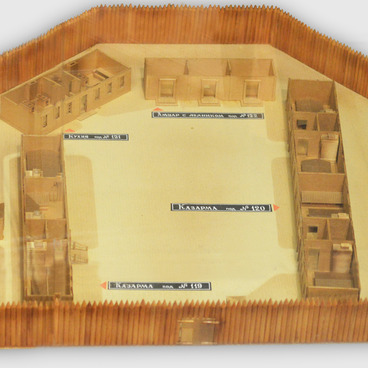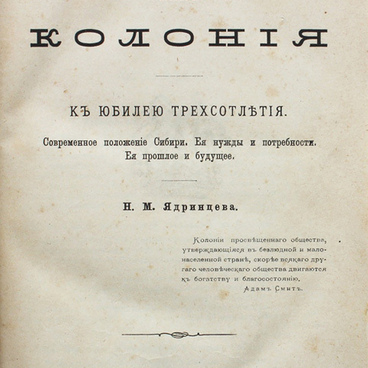‘Apollon’ (Apollo) was a Russian illustrated literary and art magazine dedicated to fine arts, music, literature, and theater. It was published in Saint Petersburg between 1909 and 1917. The magazine was launched upon an initiative of Sergey Makovsky, son of artist Konstantin Makovsky. Initially, it was conceived as a publication covering fine arts and literature in equal measure. Makovsky found a philanthropist who volunteered to be the patron of the new magazine. He was merchant and lover of fine arts MikhaIl Ushakov. Nikolay Gumilyov invited InnokEntiy Annensky to take part in the creation of the magazine. Vyacheslav Ivanov and AkIm Volynsky were also supposed to be the magazine’s theorists.
The founders of Apollon believed that the launch of the magazine would mark a new stage in the development of Russian culture. The first issues were planned to be programmatic, that is, defining the magazine’s concept. The earliest issues had a cover designed by Léon Bakst, the later ones by Mstislav DobuzhInsky. Apollon provided materials on the history of the classic and contemporary art in Russia and around the world, and reviews of Russian and global exhibitions and theater and music events. The problem of studying and preserving monuments of art in Russia was also considered. The column Writings on Russian Poetry was written by Nikolay Gumilyov, Notes on Russian Fiction by poet MikhaIl KuzmIn, and Theaters in Petersburg by critic Sergey Ausländer.
Apollon gathered representatives of diverse trends in Russian culture of the early 20th century, except for the extreme left. At first, the magazine attracted symbolists. It was a platform for acmeists since 1913. Eventually, formalists joined the magazine. Over the years, Apollon included works by Sergei Gorodetsky, Maximilian Voloshin, Osip Mandelstam, Innokenty Annensky, Alexander Blok, Valery Bryusov, and Vyacheslav Ivanov, as well as various critical essays on art.
At the same time, the magazine displayed idealist orientation shying away from real facts and showing hostility towards the Itinerants and the official state course. The last 1917 issue was published only in the fall of 1918. Shortly after that, the magazine was dismissed due to social and financial circumstances.
The founders of Apollon believed that the launch of the magazine would mark a new stage in the development of Russian culture. The first issues were planned to be programmatic, that is, defining the magazine’s concept. The earliest issues had a cover designed by Léon Bakst, the later ones by Mstislav DobuzhInsky. Apollon provided materials on the history of the classic and contemporary art in Russia and around the world, and reviews of Russian and global exhibitions and theater and music events. The problem of studying and preserving monuments of art in Russia was also considered. The column Writings on Russian Poetry was written by Nikolay Gumilyov, Notes on Russian Fiction by poet MikhaIl KuzmIn, and Theaters in Petersburg by critic Sergey Ausländer.
Apollon gathered representatives of diverse trends in Russian culture of the early 20th century, except for the extreme left. At first, the magazine attracted symbolists. It was a platform for acmeists since 1913. Eventually, formalists joined the magazine. Over the years, Apollon included works by Sergei Gorodetsky, Maximilian Voloshin, Osip Mandelstam, Innokenty Annensky, Alexander Blok, Valery Bryusov, and Vyacheslav Ivanov, as well as various critical essays on art.
At the same time, the magazine displayed idealist orientation shying away from real facts and showing hostility towards the Itinerants and the official state course. The last 1917 issue was published only in the fall of 1918. Shortly after that, the magazine was dismissed due to social and financial circumstances.


